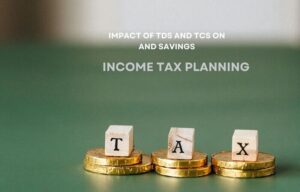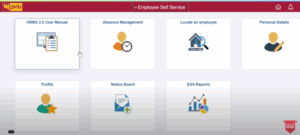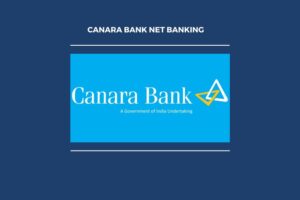6 Things to Remember When Planning Your 401(k) Plans

Every day in the U.S., approximately 10,000 individuals turn 65 and retire. Preparing for financially secure retirements is paramount for overall financial well-being. Among the various retirement savings plans available today, 401(k) plans have proven to be an ideal way for employers to help invest in their employees’ future security.
The appeal lies in their tax advantages and the potential for employer contributions, making them a potent instrument for cultivating a comfortable retirement nest egg. However, to reap all of its advantages, an effective 401(k) plan must be carefully created.
We will outline six essential considerations as you embark on creating the ideal 401(k) for your employees. Our hope is that by following our advice here and planning carefully for the golden years ahead, you can make sure your employees’ all live rewarding and prosperous lives.
1. Understand your Role
As an employer, plan administrator, or financial advisor tasked with administering a 401(k) plan, you have certain 401(k) fiduciary responsibilities that make sure you act in the plan participants’ best interests.
This involves carefully selecting and monitoring investment options, ensuring reasonable fees are charged, and providing clear and precise information. Becoming aware of your role as a fiduciary is of the utmost importance in terms of protecting both financial futures as well as fulfilling legal and ethical responsibilities associated with managing a 401(k).
Failing to do so could have serious legal repercussions and reduce plan participants’ retirement prospects. So being well informed of all fiduciary duties as either an employer or advisor is crucial in creating an effective 401(k).
2. Understand Your Workforce
Before designing the details of a 401(k) plan, you must assess your employees’ specific financial needs and preferences. Consider demographics, income levels, and financial literacy when conducting this analysis. For instance, younger employees might prefer Roth 401(k) options, while those closer to retirement may lean towards traditional 401(k)s.
By tailoring your plan to your employees’ profiles, you can create a more inclusive and attractive benefit package. Also, remember that participation may be influenced by factors like auto-enrollment and employer-matching contributions, so carefully analyze your options.
3. Ensure Transparency and Education
A successful 401(k) plan hinges on employee engagement and understanding. It’s essential to provide transparent information about plan details, fees, and investment options. Offer financial education resources like seminars or online tools to empower your employees in making informed decisions regarding their retirement savings.
Not only can this enhance their financial health, but it will also build trust between your company and its workforce. A knowledgeable employee is more likely to contribute positively and remain at your organization long-term.
4. Diversify Investment Options
Diversifying investment options is essential to creating a successful 401(k) plan. By offering your employees a range of conservative investments such as bonds and stable funds to more aggressive options such as equities, your employees can tailor their portfolios according to their risk preferences and long-term financial goals.
It’s crucial to continually monitor and adjust these choices to stay in sync with prevailing market trends and the evolving preferences of your employees, ensuring that the plan remains a dynamic and adaptable tool for their retirement savings.
5. Monitor Plan Fees
Vigilantly monitoring plan fees is a vital aspect of responsible 401(k) management. These fees have a substantial influence on the long-term returns of the plan. It’s imperative to thoroughly comprehend the fee structure and actively seek ways to minimize costs, safeguarding your employees’ hard-earned savings.
High fees can gradually erode the retirement nest eggs of your workforce, making it essential to engage in ongoing negotiations with plan providers and regularly benchmark the plan against industry standards to ensure its competitiveness. By maintaining a keen focus on fee management, you not only protect your employees’ financial futures but also enable their retirement savings to grow more efficiently over time.
6. Regularly Review and Update
The financial landscape is constantly changing, and so should your 401(k) plan. Periodically reviewing the plan’s performance, fees, and investment options is crucial. Make necessary adjustments to align with the evolving needs and preferences of your employees.
Additionally, stay informed about regulatory changes that may affect your plan, and ensure compliance with all relevant laws. Regular communication with plan participants, along with a commitment to improving the plan over time, will show that you value their financial well-being and retirement security.
Final Thoughts
Designing and managing a 401(k) plan as an employer is a substantial responsibility that demands careful planning and ongoing effort.
By understanding your workforce, providing transparency and education, diversifying investment options, and regularly reviewing and updating the plan while monitoring fees, you can create a 401(k) package that not only attracts and retains top talent but also empowers your employees to build a financially secure retirement. A well-structured 401(k) plan is a win-win for both your company and its employees, promoting financial stability and peace of mind for all parties involved.

Pranab Bhandari is an Editor of the Financial Blog “Financebuzz”. Apart from writing informative financial articles for his blog, he is a regular contributor to many national and international publications namely Tweak Your Biz, Growth Rocks ETC.






